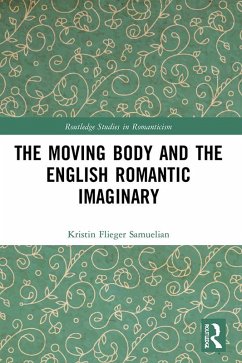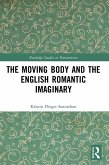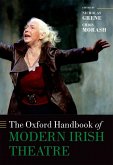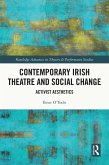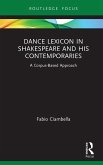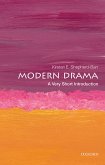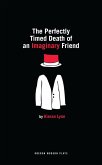As a referent that both engaged and constructed the body-through physical training, anatomization, spectacle and spectatorship, pathology, parody, and sentiment-dance worked to produce an English exceptional body. Discussions of dance in fiction and periodical essays, as well as its visual representation in print culture, were important ways to theorize points of contact as England was investing itself in the world as an economic and imperial power during and after the Revolutionary period. These formulations offer dance as an engine for the reconfiguration of gender, class, and national identity in the print culture of late eighteenth- and nineteenth-century England.
Dieser Download kann aus rechtlichen Gründen nur mit Rechnungsadresse in A, B, BG, CY, CZ, D, DK, EW, E, FIN, F, GR, HR, H, IRL, I, LT, L, LR, M, NL, PL, P, R, S, SLO, SK ausgeliefert werden.

